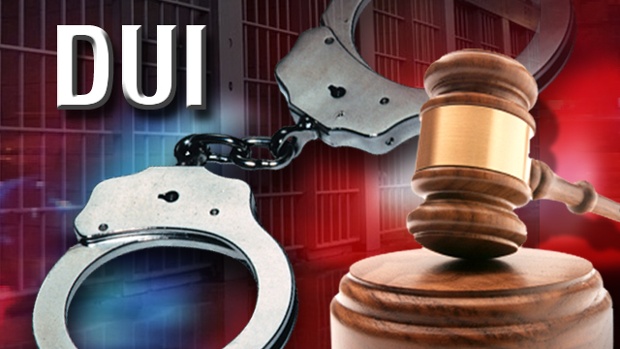
When it comes to collecting proof for vehicle violation cases, the integration of advanced technologies is vital. Systems like radar and Automatic Number Plate Recognition (ANPR) provide high-quality evidence, reducing errors compared to manual methods. However, the effectiveness of these tools hinges on data security and transparency in sharing evidence. As we explore the implications of these advancements, it's important to reflect on how they reshape enforcement and public trust. What challenges might arise in this evolving landscape?
When it comes to collecting proof for vehicle violations, advanced technologies play an important role in guaranteeing accuracy and reliability. Today, enforcement agencies utilize cutting-edge radar technology and enforcement cameras to simultaneously monitor multiple vehicles, making detection more efficient than ever. These systems have evolved greatly; unlike older methods that could only process one vehicle at a time, modern technology can handle concurrent violations, guaranteeing a thorough overview of roadway incidents. Traffic enforcement technology has significantly improved over the years, ensuring that violations are detected with higher precision.
However, the quality of evidence collected isn't without its challenges. Factors such as lighting conditions can impact image clarity, necessitating adjustments to guarantee that the evidence remains credible. This is where Automatic Number Plate Recognition (ANPR) software becomes vital. ANPR not only provides accurate identification of license plates but also operates with a much lower error rate compared to manual processing. This enhanced reliability reduces the likelihood of wrongful citations, thereby increasing public trust in enforcement actions.
The reliability of evidence is crucial; ANPR software enhances accuracy and reduces wrongful citations, fostering public trust in enforcement.
Once violations are detected, the registration of violation data becomes paramount. Data security is a major concern, and cryptographic measures guarantee the encryption, authentication, and integrity of the data collected. This means unauthorized access or tampering is greatly minimized. The ANPR software's ability to process license plate images provides a confidence level for accuracy, which is essential when documenting violations. While low-confidence readings may require manual checks, adding another layer of scrutiny, the overall efficiency remains high.
The collection of evidence goes beyond just capturing images or videos. Advanced cameras integrate various data points and images to compile a thorough record of violations. The processing of this data, however, often varies by jurisdiction and legal frameworks. In some situations, vehicle operators may need to manually confirm ANPR readings, adding another layer of scrutiny to guarantee correctness.
When it comes to issuing tickets, fully automated systems seen in countries like France and the Netherlands streamline the process. These systems guarantee that tickets are issued by authorized personnel, maintaining legitimacy. Violators receive notifications through mail or online platforms, complete with evidence of their infractions, and multiple payment options are available for fines, making compliance easier. Effective automated traffic enforcement relies on the entire process being efficient and interconnected, which enhances overall road safety.
The presentation of evidence to violators is increasingly digital. Agencies can share evidence, including supporting documents, via secure platforms. This not only enhances transparency but allows for immediate review of the evidence by the violators. For added credibility, calibration data for the detection equipment and the credentials of the officers involved can also be provided. This level of detail helps violators understand their options for paying fines or contesting tickets.
Conclusion
To summarize, collecting compelling proof for vehicle violations is essential for credible enforcement. By harnessing high-tech tools like radar and ANPR, you're not only ensuring accuracy but also fostering fairness in the process. These innovations protect privacy while promoting transparency, creating a trustworthy system for all involved. As you navigate this landscape, remember that embracing advanced evidence collection can greatly streamline your approach, making enforcement efforts more effective and efficient.
